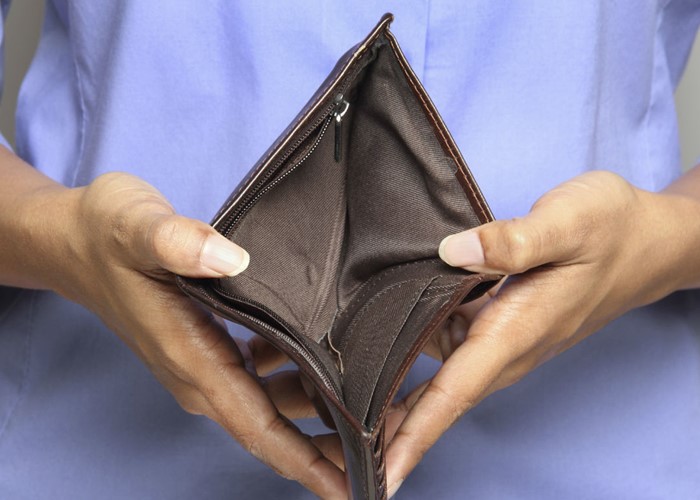
As of next year, aviation is added to the industries that must trade a limited number of carbon emissions credits. However, we believe that the scheme will continue to have no effect.
Europe wants the aviation industry to go green, which should, in theory, push up the cost of cheap flights, perhaps till they're just 'flights'.
However, cheap flight fans probably need not worry. In my view, for better or worse, the green measures that the EU have approved will not increase the cost of air travel. Here's why:
It's all about trading thin air
For the past few years, European businesses in many high-polluting industries have traded 'carbon credits'. This means if a company wants to emit more than its share of carbon dioxide it has to buy credits from companies that are under-using their shares. The idea is that the total number of credits is capped in order to force businesses to reduce the amount of carbon dioxide they use.
We've just come to the end of phase one (2005 - 2007) of the carbon-trading scheme, which was a resounding failure to reduce carbon emissions. Phase two begins this year and lasts till 2012.
The aviation industry will join the list of industries which have to carbon trade in 2010. This is supposed to reduce its carbon emissions. However, I predict that phase two will be pretty much as unsuccessful as phase one. I don't think it will reduce the carbon used by industry, which also means that it won't increase the cost of flying.
Why phase one failed
Phase one didn't work simply because the number of carbon credits available was too high; there were too many carbon credits available.
In 2005, for example, only around 1,650 million tonnes of carbon credits were bought by the high-polluting industries out of a cap of 1,780 million tonnes. So credits for around 130 million tonnes were surplus.
This meant the high-polluting industries didn't need to cut their emissions in order to keep trading within the cap. There were so many carbon credits available that they cost next to nothing.
Early on, carbon credits sold for around £20 a tonne, but by the end of 2007 there were so many unused credits that they were selling for around 7p a tonne. By my calculations, that means the cap was around 8% too high.
Why phase two will fail
Phase two sees the cap come down by around 9%, which, in theory, means that there should be a reduction in carbon produced. When you factor in that aviation and other large industries will soon have to work within the cap, you'd think the reduction would be quite dramatic.
However, although I'm no expert on carbon, it seems there are far too many ways around the trading scheme.
The new target is based on the assumption that the EU's economy will grow at the same rate as the past five years, but that's quite an assumption in the current financial climate, which looks less promising. When countries are growing, they produce more carbon dioxide, but if they grow more slowly the targets are less ambitious.
That's just for starters. Next: four more nations will be joining the scheme in 2010, each adding their own caps. That means if these countries start off with caps that are too high, just like the rest of Europe did in phase one, then these countries will have loads of spare credits to sell cheaply to high-polluting European industries.
I have more reasons for being sceptical. The new cap for phase two was based on 2005 emissions. However, there's reason to believe (from the European Commission's own website and elsewhere) that emissions were higher in 2005 than in 2006 - because emissions do vary. This means that the new cap could be based on a starting point that might well be too high.
Even if 2006 was no lower than 2005, a report by OpenEurope (an independent think-tank) in August 2007, and also research brought to our attention by Yves Smeers of the University of Lovain, bring further evidence that Europe's carbon-trading scheme could have no impact. Both reveal that carbon credits can be imported from other schemes, such as a couple of schemes devised for Kyoto. It is expected that, by importing credits from Kyoto schemes, aviation and all the other industries will easily find enough carbon credits at little or no extra cost.
Finally, there is also conjecture. We must consider how politicians behave in any democracy. Politicians are concerned about the short-term, but want to look like they're planning for the long-term. They won't upset businesses in the short term by making them pay too much, but they'll make it look like they're doing something for the long-term, so as to impress the rest of the word and, more importantly, the green electorate.
So, for good or quite probably for ill, my prediction is that carbon trading won't have much, or any, impact on the cost of our budget flights.